Teacher Portal
Genes and Proteins
Investigation 1
Investigation 1
Genes and Proteins

Phase 1 – Defined Understanding
Student Guide
Download and Distribute
Access Teacher Guide
Student Guide with answers
Teacher PreLab
Prepare for the Experiment
Phase 2 – Dynamic Understanding
► Investigation One Summary – Lab Goals
In Investigation One, you analyzed how the genetic information contained in DNA is transferred to RNA and then translated into proteins. During this Investigation, you:
1. Determined the base sequence of an RNA molecule that corresponds to the DNA then compared both sequences.
2. Used gram cubes to model an RNA message then isolated the codons within the sequence.
3. Constructed a model protein.
4. Identified mutations within a DNA sequence as a substitution, insertion, or deletion and their effects on the RNA translation and protein function.
► Investigation One Summary – Learning Goals
Through these experiments, you concluded that:
1. Genes contain DNA sequences that encode for proteins. The DNA sequence and its corresponding RNA sequence instruct the cell to build a specific protein. Each set of three nucleotides in the RNA (and DNA) corresponds to one amino acid in the protein. Proteins are responsible for most of the functions of an organism’s cells.
2. Mutations may or may not lead to changes in an organism. If the mutation in DNA does not change the amino acid sequence of the protein, then no change in function of that protein will occur and no change will be seen in the organism. If the mutation in the organism does cause a change in the amino acid sequence of the protein, then a change in the function of the protein is possible and a corresponding change in the organism would be expected.
Concept Slides
Launch and Discuss
Mathematics Concepts in This Investigation
- parts/whole
- patterns/sequences
- grouping
- data table
- counting whole numbers
- comparing (non)measurable characteristics
- ordinal numbers
- predict/verify results
